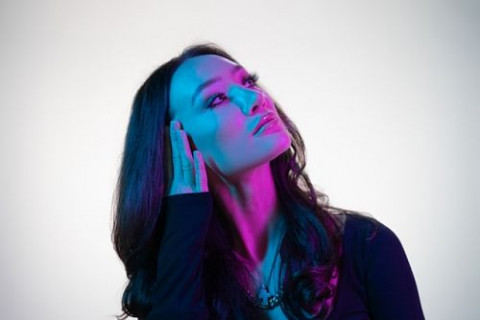Cultural Differences in Facial Expressions
Recent studies on facial expressions have destroyed any suggestions that facial expressions convey the same emotions or meanings all over the world.
In an article on Al Jazeera America, Matthew Hutson states that when it comes to facial expressions, the general assumption is that people all over the world express the same emotion with the same facial expression.
However, according to Hutson, a number of psychologists have recently refuted this view.
Among them is Lisa Barrett of Northeastern Universitydiscovered that emotional expressions are strongly tied to culture., who has discovered that emotional expressions are strongly tied to culture.
In one set of studies under the supervision of Maria Gendron, who works in Barrett’s laboratory, Hutson says, people were asked to listen to nine sound clips that represented a certain emotion and then had to describe the emotion in one single word.
The participants were taken from two completely different places: the Boston Museum of Science and the Himba ethnic group that can be found in the Namibian mountains.
The Americans guessed many emotions right, which meant chance was out of the question, but the Himba were guessed amusement correctly. In fact, Hutson says, the ethnic group’s accuracy for seven out of the nine emotions was below five per cent.

[Post-doctoral psychology researcher Maria Gendron travelled to Namibia to investigate whether individuals from non-Western cultures recognize the same emotions as Westerners do in facial expressions and vocalizations. Photo courtesy of www.northeastern.ed]
Hutson reveals that in another study published by a journal called Emotion, both Americans and Himba were asked to interpret facial expressions.
The participants had to sort pictures of 36 African Americans into five different emotions and then label these piles with a specific emotion. The Americans sorted their piles into five different expressions: smiling, scowling , wide-eyed, neutral and a combination of pouting and nose-wrinkled.
The Himba created piles with happy and fearful expressions, but their other piles were incoherent in comparison to the categories created by the Americans. Moreover, they often used facial actions to describe the piles instead of mental states. According to the researchers, the results indicate that facial expressions differ in meaning across the globe.
Of course, determining facial expressions in a study is very different from determining facial expressions in daily life. So Hutson asks himself: how do we interpret these expressions in the real world?
To find out what people feel, he believes we look at context and construct an interpretation. Barrett adds that humans do not recognise, but perceive emotions in others. As an example, she gives a picture of Serena Williams: in close up, Williams seems to be in pain, but when the entire picture is shown and her pumping fist is revealed, it becomes clear that she is celebrating a triumph.
According to Barrett, the results of the studies she and her team conducted support her conceptual-act theory of emotion. In this theory, emotions are not seen as natural categories that have specific signatures, but are “constructed events that arise in the moment from a set of more basic ingredients.”
Experiences or emotions are formed by filtering elements such as arousal or positive/negative mood, and these perceptions are not fixed. In fact, a study discovered that people could improve their karaoke performances by telling themselves they were excited instead of nervous.
Hutson states that Barrett thinks different people and cultures can feature different emotions as well. Moreover, the action-related labels the Himba used for the piles of pictures suggest that the notion of emotion can differ per culture as well.
Here, Barrett dleaves the beaten track, as many psychologists claim that emotions serve as a way to show others our beliefs or intentions. Barrett’s research, however, implies that emotions are not clear-cut and show cultural differences.
In all aspects of life, it is important to acknowledge the cultural differences with regard to the way people express and recognise emotions, Barrett says.
Of course, people need to know how to read expressions in daily life, but therapists have to be aware of the cultural differences in facial expressions as well, Barrett says. After all, they have to interpret their patient’s emotional expressions in the right way. She also claims business partners should know about these cultural differences too, as interpreting facial expressions the wrong way could easily lead to miscommunication.
And what about national security? If law enforcement agencies interpret someone’s facial or body language incorrectly, Barrett says, they might arrest innocent people.
The importance of cultural awareness for facial expressions has already become clear, Hutson says: last year, a report issued by the U.S. Government Accountability Office stated that the Transportation Security Administration’s program for screening passenger behaviour got results that were “the same as or slightly better than chance,” which means a lot of tax money has gone to waste.
Hutson believes the results were disappointing because the agents relied too heavily on facial expressions. And after all, just as Barrett says: “A face doesn’t speak for itself."
Photo by DAVID NIETO on Unsplash
Related Posts
By accepting you will be accessing a service provided by a third-party external to https://www.commisceo-global.com/
 info@commisceo-global.com
info@commisceo-global.com +44 0330 027 0207 or +1 (818) 532-6908
+44 0330 027 0207 or +1 (818) 532-6908
